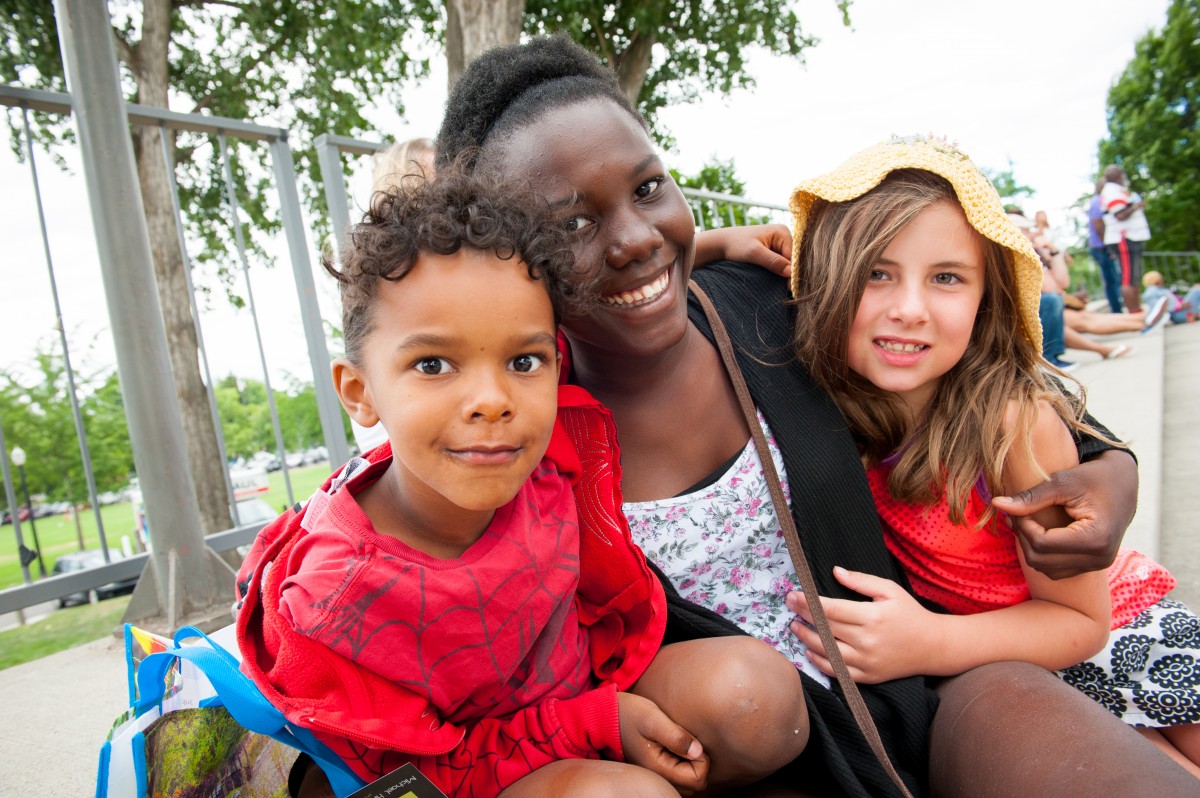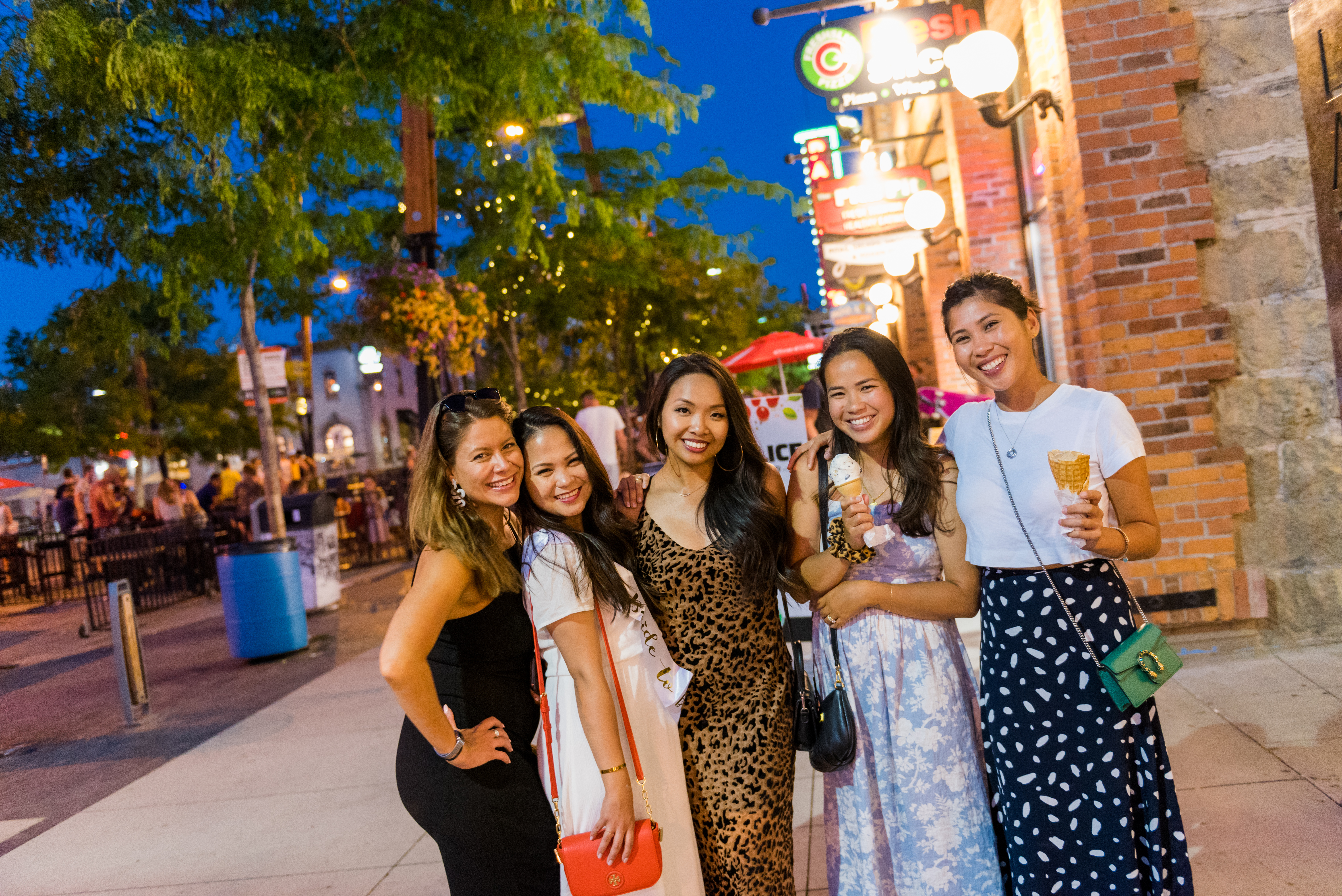How Immigration & Migration are Shaping our City
If you think Kelowna is just another laidback retirement town, think again. Our city is undergoing a demographic shift that is making the city younger, more colourful, more diverse, and more vibrant than ever before.
This interesting change is due to the people moving here from other parts of Canada and other countries. In the last five years, the proportion of 20–34-year-olds in Kelowna has grown faster compared to the rest of Canada. Increasingly young people are drawn to Kelowna for its lifestyle and career opportunities, choosing to build a life that further contributes to the community's energetic vibe.
The urban centres – Downtown, Rutland, Pandosy, Landmark and Upper Glenmore – are neighbourhoods of choice for young people, where there are fun things to do, and they can walk or bike to shops, cafes, parks, and lakes. This reflects some of the general observations we’ve heard from newcomers who come from larger cities and want to enjoy a dynamic urban lifestyle balanced with proximity to nature, while also considering a slightly lower cost than in places like Vancouver.
It’s a Canada-wide boom
Canada’s population is also generally changing due to immigration, which accounts for most of the country’s population growth. This trend is likely to persist as Canada plans to welcome more immigrants in the coming years. A record-breaking number of 406,000 newcomers arrived in Canada in 2021, making up 23% of the country's population. B.C. was the second most popular destination for these immigrants, who numbered nearly 70,000 and marked the second highest level of immigration to the province ever recorded.
Kelowna’s immigrant population grew by nearly 70 per cent between 2001 and 2021, compared to 40 per cent growth for B.C. and just over 50 per cent for Canada during those 20 years.
One of the main characteristics of recent immigrants is their racial diversity. Almost seven in ten (68%) of them belong to a racialized group, also known as visible minorities. This is a stark contrast to the Canadian-born population, where only 1 in 20 people or 5% identify as belonging to a racialized group.

While Kelowna’s immigrant population has increased significantly, it started from a small base. Kelowna is becoming more diverse as people from different parts of the world move here.
Kelowna is a welcoming place for people who had to leave their home country for various unfortunate reasons. Some who moved here are from Syria, Jamaica, and Ukraine. They make up 13% of the new arrivals who picked Kelowna as their new home. More and more people in Kelowna also say they are part of a visible minority group, going up from 5% in 2001 to 14% in 2021.
Canada’s Immigration is a vital factor in dealing with the country’s declining birth rate and aging population. The recent immigrants who arrived in Kelowna registered an average age of 33.2, compared to the overall immigrants who had an average age of 54 and 42.5 for Canadian-born residents. A small proportion of the newcomers who arrived in Kelowna, only 3%, were seniors aged 65 or older, compared to a much larger share of 34 per cent among the immigrants who came earlier and 20 per cent among the native-born Canadians.
Education Levels
Immigrants show a high level of education, and recent immigrants have even more advanced degrees. A large majority of recent immigrants in the 25-64 age group had a high level of education, with more than half (54.4%) possessing a bachelor's degree or higher. This was considerably higher than the share among native-born Canadians (24.3%) and the entire immigrant population (39.9%). Meanwhile, the educational attainment of the population in the 25-64 age group was somewhat lower in Kelowna than in Greater Vancouver, with a consistent gap for all resident categories.

As people look for communities or cities to settle in to start building a life, they naturally gravitate towards a city that not only offers them more opportunities, a safe & secure environment and convenient ways to get around, but also a sense of balance where they may also have nice & interesting things to do. A mid-sized city such as Kelowna, with its four-season experience of vibrant summers and relatively milder winters, is attracting more attention from people from all over the globe, making it a more vibrant and diverse community.





